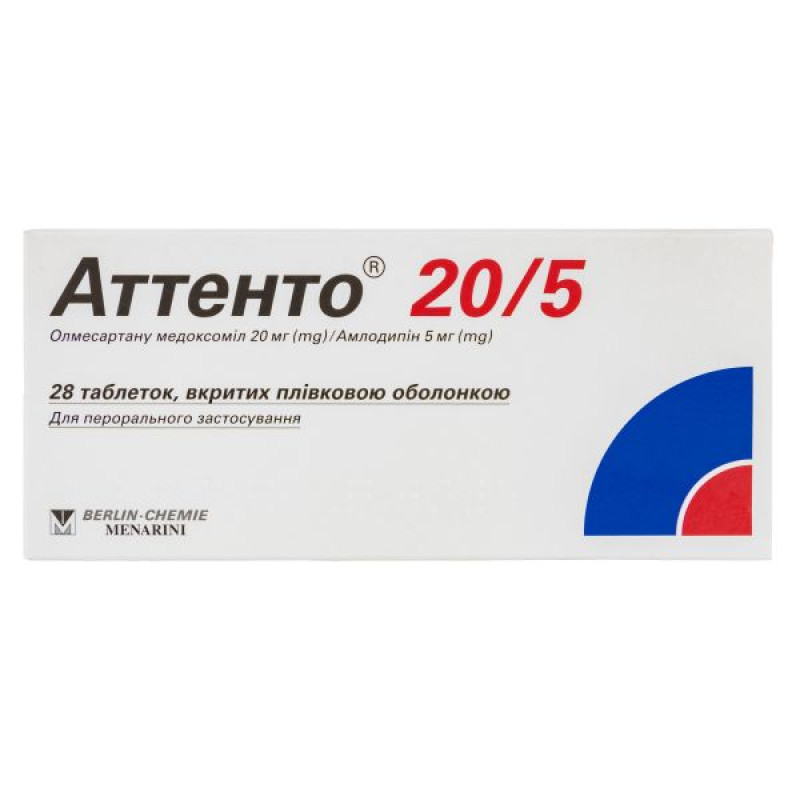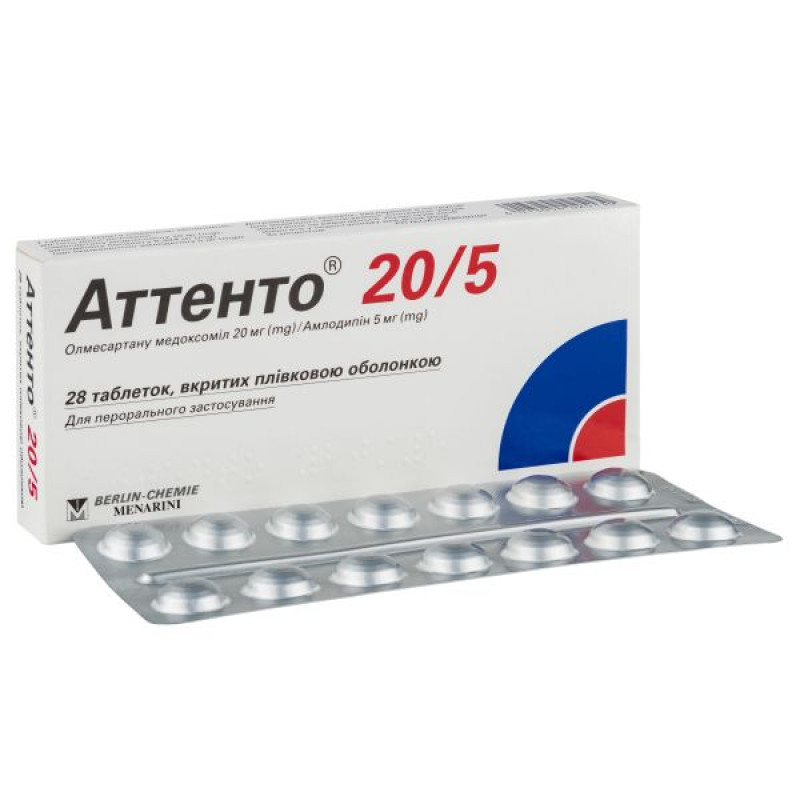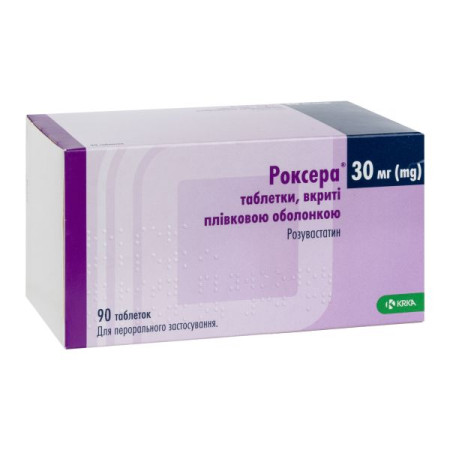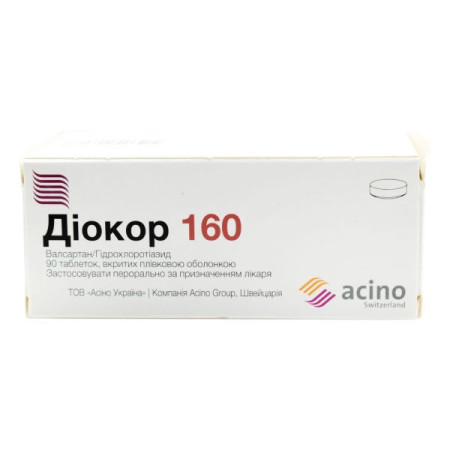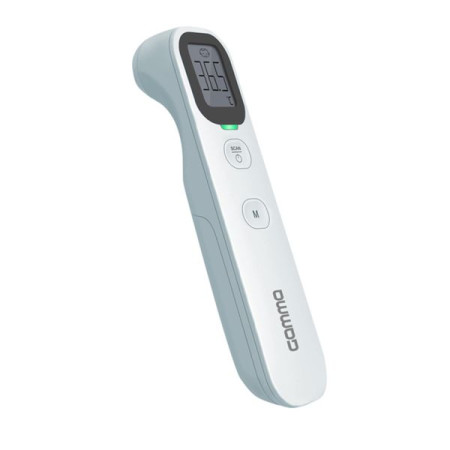Attent 20/5 film-coated tablets 20 mg + 5 mg blister No. 28
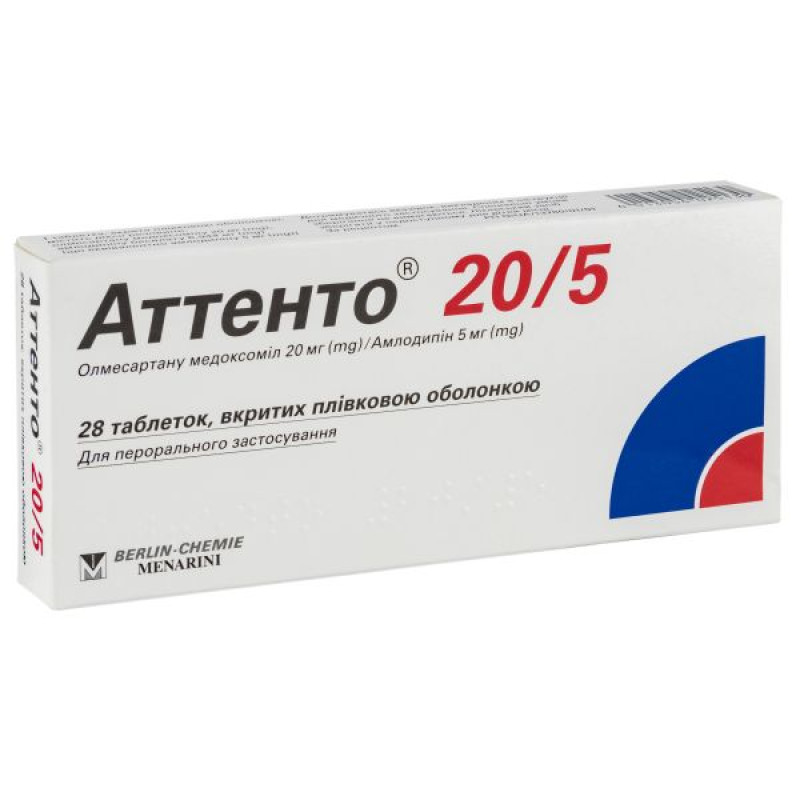
Instructions for Attent 20/5 film-coated tablets 20 mg + 5 mg blister No. 28
Composition
active ingredients: olmesartan medoxomil; amlodipine besylate;
Attentionâ20/5:
1 film-coated tablet contains 20 mg of olmesartan medoxomil and 6.944 mg of amlodipine besylate (equivalent to 5 mg of amlodipine);
Attentionâ40/5:
1 film-coated tablet contains olmesartan medoxomil 40 mg and amlodipine besylate 6.944 mg (equivalent to amlodipine 5 mg);
Attentionâ40/10:
1 film-coated tablet contains 40 mg of olmesartan medoxomil and 13.888 mg of amlodipine besylate (equivalent to 10 mg of amlodipine);
excipients:
pregelatinized starch (corn), silicified microcrystalline cellulose (contains 98% microcrystalline cellulose (Ph.Eur.) and 2% colloidal anhydrous silicon dioxide (Ph.Eur.)), croscarmellose sodium, magnesium stearate;
film shell:
Attentionâ20/5:
Oradry II 85F18422 white (polyvinyl alcohol, titanium dioxide (E 171), polyethylene glycol, talc);
Attentionâ40/5:
Oradry II 85F22093 yellow (polyvinyl alcohol, titanium dioxide (E 171), iron oxide yellow (E 172), polyethylene glycol, talc);
Attentionâ40/10:
Oradry II 85F25467 red (polyvinyl alcohol, titanium dioxide (E 171), iron oxide yellow (E 172), iron oxide red (E 172), polyethylene glycol, talc).
Dosage form
Film-coated tablets.
Basic physicochemical properties.
Attentionâ20/5:
white round film-coated tablets, embossed with "C73" on one side;
Attentionâ40/5:
cream-colored, round, film-coated tablets, embossed with "C75" on one side;
Attentionâ40/10:
Brownish-red, round, film-coated tablets, debossed with "C77" on one side.
Pharmacotherapeutic group
Angiotensin II antagonists and calcium channel blockers.
ATX code C09D B02.
Pharmacological properties
Pharmacodynamics
Attento® is a combination medicine containing olmesartan medoxomil, an angiotensin II receptor antagonist, and amlodipine besylate, a calcium channel blocker. The combination of these two active substances has a synergistic effect and helps to lower blood pressure to a greater extent than each active substance alone.
In an 8-week, double-blind, randomized, placebo-controlled factorial study involving 1940 patients (71% of patients were Caucasian and 29% were non-Caucasian), treatment with Attento® resulted in significantly greater reductions in diastolic and systolic blood pressure compared to monotherapy with the respective components. The mean reductions in systolic/diastolic blood pressure were dose-dependent: -24/-14 mmHg (20 mg/5 mg), -25/-16 mmHg (40 mg/5 mg) and -30/-19 mmHg (40 mg/10 mg).
Attentu®40/5 reduced systolic/diastolic blood pressure in the sitting position by an additional 2.5/1.7 mm Hg compared to Attentu®20/5. Similarly, Attentu®40/10 reduced systolic/diastolic blood pressure in the sitting position by an additional 4.7/3.5 mm Hg compared to Attentu®40/5.
The proportion of patients who managed to achieve target blood pressure values (< 140/90 mm Hg in patients without diabetes and < 130/80 mm Hg in diabetics) was 42.5%, 51.0% and 49.1% when using the drugs Attento®20/5, Attento®40/5 and Attento®40/10, respectively.
The main hypotensive effect of Attento® was usually achieved within the first 2 weeks of therapy.
A second double-blind, randomized, placebo-controlled study examined the efficacy of adding amlodipine to the treatment regimen of Caucasian patients with an inadequate response to olmesartan medoxomil 20 mg monotherapy for 8 weeks.
In patients who continued to receive olmesartan medoxomil 20 mg alone, systolic/diastolic blood pressure decreased by 10.6/7.8 mm Hg over the next 8 weeks. Adding 5 mg amlodipine resulted in a systolic/diastolic blood pressure reduction of -16.2/-10.6 mm Hg over 8 weeks (p = 0.0006).
The proportion of patients who achieved target blood pressure values (< 140/90 mm Hg in patients without diabetes and < 130/80 mm Hg in diabetics) was 44.5% with Attento®20/5 compared to 28.5% with 20 mg olmesartan medoxomil.
Further studies evaluated the efficacy of adding different doses of olmesartan medoxomil to the treatment regimen of Caucasian patients with an inadequate response to amlodipine 5 mg monotherapy for 8 weeks.
In patients who continued to receive only 5 mg amlodipine, systolic/diastolic blood pressure decreased by 9.9/5.7 mm Hg over the next 8 weeks. The addition of 20 mg olmesartan medoxomil resulted in a systolic/diastolic blood pressure reduction of -15.3/-9.3 mm Hg, and the addition of 40 mg olmesartan medoxomil resulted in a systolic/diastolic blood pressure reduction of -16.7/-9.5 mm Hg (p < 0.0001).
There are no randomized data on patients with uncontrolled hypertension that allow comparing the results of combination therapy with Attento® in medium doses with the effect of increasing the dose of amlodipine and olmesartan in monotherapy.
The results of three studies confirm that the hypotensive effect of Attento® when administered once daily was maintained at a 24-hour dosing interval, with the ratio between the minimum and maximum values of systolic and diastolic pressure varying from 71 to 82%. The efficacy of the drug during the day was confirmed by ambulatory blood pressure monitoring.
The hypotensive effect of Attento® did not depend on age and gender, as well as on the presence of diabetes mellitus in patients.
In two open, non-randomized extension studies, sustained efficacy of Attento®40/5 was shown in 49-67% of patients after one year of use.
Olmesartan medoxomil (active ingredient of Attento®)
Olmesartan medoxomil, which is part of the drug Attento®, is a selective antagonist of the angiotensin II type I (AT1) receptors. In the body, olmesartan medoxomil is rapidly converted to the pharmacologically active metabolite olmesartan. Angiotensin II is the primary vasoactive hormone of the renin-angiotensin-aldosterone system, which plays an important role in the pathophysiology of arterial hypertension. Angiotensin II leads to vasoconstriction, stimulation of the synthesis and release of aldosterone, cardiostimulation and renal sodium reabsorption. Olmesartan inhibits the vasoconstrictor and aldosterone-secreting effects of angiotensin II by blocking AT1 receptors in tissues, including vascular smooth muscle and the adrenal glands. The action of olmesartan does not depend on the source and route of synthesis of angiotensin II. Selective antagonism of the AT1 angiotensin II receptor leads to an increase in plasma renin levels and angiotensin I and angiotensin II concentrations, as well as to a slight decrease in plasma aldosterone levels. In arterial hypertension, olmesartan medoxomil produces a dose-dependent, sustained reduction in blood pressure.
When using it, there was no development of arterial hypotension after taking the first dose, signs of tachyphylaxis with prolonged use, and recurrence of arterial hypertension after discontinuation of use.
When olmesartan medoxomil is administered once daily to patients with hypertension, there is an effective and smooth reduction in blood pressure over the 24-hour interval between doses.
The level of antihypertensive effect was similar when the drug was administered once or twice daily at the same daily dose. The maximum reduction in blood pressure is achieved 8 weeks after the start of treatment, although a significant hypotensive effect is observed after 2 weeks of treatment.
The effect of olmesartan medoxomil on morbidity and mortality has not been established.
The Randomized Trial of Olmesartan for the Prevention of Diabetic Microalbuminuria (ROADMAP) trial, which enrolled 4447 patients with type 2 diabetes mellitus and normal albuminuria and at least one additional cardiovascular risk factor, was conducted to determine whether olmesartan therapy could delay the time to first appearance of microalbuminuria. During a median follow-up of 3.2 years, patients received olmesartan or placebo in addition to other antihypertensive agents, excluding ACE inhibitors or ARBs.
The primary endpoint, time to onset of microalbuminuria, was increased by 23% with olmesartan (hazard ratio for onset of microalbuminuria 0.77; 95.1% confidence interval [CI] 0.63–0.94; P = 0.01). After adjusting for small baseline differences in body mass index, blood pressure, and high-density lipoprotein cholesterol levels, the hazard ratio for the primary endpoint was 0.75 (95.1% CI 0.62–0.92; P = 0.006). Similar results were obtained in a pre-specified per-protocol analysis and a post hoc analysis that excluded patients who prematurely discontinued study treatment. The reduction in the primary endpoint with olmesartan remained after adjusting for differences in blood pressure. 8.2% (178 out of 2160) of patients in the olmesartan group and 9.8% (210 out of 2139) of patients in the placebo group developed microalbuminuria.
The ORIENT (The Olmesartan Reducing Incidence of End-stage Renal Disease in Diabetic Nephropathy Trial) trial examined the effects of olmesartan on renal and cardiovascular outcomes in 577 randomized patients in Japan and China with type 2 diabetes and severe nephropathy. During a median follow-up of 3.1 years, patients received olmesartan or placebo in addition to other antihypertensive agents, including ACE inhibitors.
The primary composite endpoint (time to first doubling of serum creatinine, end-stage renal disease, all-cause death) was achieved in 116 patients in the olmesartan group (41.1%) and in 129 patients receiving placebo (45.4%) (HR 0.97 (95% CI 0.75 to 1.24); p = 0.791). The secondary composite cardiovascular endpoint was achieved in 40 patients receiving olmesartan (14.2%) and 53 patients receiving placebo (18.7%). This composite cardiovascular endpoint included cardiovascular mortality in 10 (3.5%) patients receiving olmesartan and 3 (1.1%) patients receiving placebo; the overall mortality rate was 19 (6.7%) and 20 (7.0%), non-fatal stroke - 8 (2.8%) and 11 (3.9%), and non-fatal myocardial infarction - 3 (1.1%) and 7 (2.5%), respectively.
Amlodipine (active ingredient of Attento®)
Amlodipine, which is part of the drug Attento®, is a calcium channel blocker and inhibits the transmembrane transport of calcium ions through voltage-gated L-type channels in the heart and smooth muscle. Experimental data indicate that amlodipine interacts with both dihydropyridine binding sites and other sites. Amlodipine has relative vasoselectivity and has the greatest effect on vascular smooth muscle cells than on cardiomyocytes. The hypotensive effect of amlodipine is due to a direct relaxing effect on arterial smooth muscle cells, which contributes to a decrease in peripheral vascular resistance and, consequently, a decrease in blood pressure.
In hypertension, amlodipine produces a dose-dependent, sustained reduction in blood pressure. There was no evidence of hypotension after the first dose, signs of tachyphylaxis during long-term treatment, or recurrence of hypertension after discontinuation of treatment.
After administration in therapeutic doses to patients with arterial hypertension, amlodipine provides an effective reduction in blood pressure in the patient's supine, sitting and standing positions. Long-term use of amlodipine is not associated with significant changes in heart rate or plasma catecholamine levels. In patients with arterial hypertension and normal renal function, amlodipine in therapeutic doses reduced renal vascular resistance and increased glomerular filtration rate and effective renal plasma flow rate, without changing the filtration fraction and without provoking the development of proteinuria.
In hemodynamic studies in patients with heart failure, as well as in clinical trials with stress testing in heart failure (NYHA classes II-IV), amlodipine did not worsen the condition of the study participants, as assessed by exercise tolerance, left ventricular ejection fraction, and clinical signs and symptoms.
In a placebo-controlled study (PRAISE) in patients with heart failure (NYHA class III-IV) receiving digoxin, diuretics and ACE inhibitors, amlodipine did not increase the risk of death or the risk of morbidity and mortality in patients with heart failure.
In a subsequent long-term placebo-controlled trial (PRAISE-2) of amlodipine in patients with heart failure (NYHA III and IV) without clinical symptoms or objective evidence of coronary heart disease, treated with ACE inhibitors, digitalis, and diuretics at constant doses, amlodipine had no effect on overall mortality or cardiovascular mortality. In this group of patients, there was an increase in the incidence of pulmonary edema associated with amlodipine, but there was no statistically significant difference in the incidence of worsening heart failure compared with placebo.
Myocardial infarction preventive therapy (ALLHAT)
A double-blind, randomized, morbidity and mortality study called the Antihypertensive and Lipid-Lowering Therapy for the Prevention of Myocardial Infarction Trial (ALLHAT) was conducted to compare new drug therapies: amlodipine 2.5–10 mg/day (a calcium channel blocker) or lisinopril 10–40 mg/day (an ACE inhibitor) as first-line therapy and the thiazide diuretic chlorthalidone 12.5–25 mg/day for mild to moderate hypertension.
The primary endpoint was the composite of fatal CHD or nonfatal myocardial infarction. There were no significant differences in the primary endpoint between amlodipine and chlorthalidone: HR 0.98 95% CI (0.90–1.07) p = 0.65. Regarding the secondary endpoints, the incidence of heart failure (a component of the composite cardiovascular disease endpoint) was significantly higher in the amlodipine group compared with the chlorthalidone group (10.2% vs. 7.7%, HR 1.38, 95% CI [1.25–1.52], p < 0.001). However, there were no significant differences in all-cause mortality between amlodipine and chlorthalidone therapy (HR 0.96, 95% CI [0.89–1.02], p = 0.20).
Other information
The combined use of ACE inhibitors and angiotensin II receptor blockers has been investigated in two large-scale randomized controlled trials (ONTARGET (ONgoing Telmisartan Alone and in Combination with Ramipril Global Endpoint Trial) and VA NEPHRON-D (The Veterans Affairs Nephropathy in Diabetes)).
ONTARGET was a study conducted in patients with a history of cardiovascular or cerebrovascular disease or type 2 diabetes mellitus with evidence of target organ damage. VA NEPHRON-D was a study conducted in patients with type 2 diabetes mellitus and diabetic nephropathy. These studies did not show a significant beneficial effect on renal and/or cardiovascular outcomes and mortality, while there was an increased risk of hyperkalemia, acute kidney injury and/or hypotension compared with monotherapy. Given the similar pharmacodynamic properties, these results are also applicable to other ACE inhibitors and angiotensin II receptor blockers.
The combined use of ACE inhibitors and angiotensin II receptor blockers is contraindicated in patients with diabetic nephropathy.
ALTITUDE (Aliskiren Trial in Type 2 Diabetes Using Cardiovascular and Renal Disease Endpoints) was a study designed to investigate the benefit of adding aliskiren to standard therapy with ACE inhibitors or angiotensin II receptor blockers in patients with type 2 diabetes and chronic kidney disease, cardiovascular disease, or both. This study was stopped early due to an increased risk of adverse events. Cardiovascular mortality and stroke were more common in the aliskiren group than in the placebo group, and reports of adverse events and serious adverse events (hyperkalemia, hypotension, and renal dysfunction) were more common in the aliskiren group than in the placebo group.
Pharmacokinetics
After oral administration of Attento®, the maximum concentration of olmesartan medoxomil and amlodipine in the blood plasma is reached after 1.5–2 and 6–8 hours, respectively. The rate and extent of absorption of the two active substances of Attento® corresponds to the rate and absorption when they are administered separately. The bioavailability of olmesartan and amlodipine in Attento® is not affected by food intake.
Olmesartan medoxomil (active ingredient of Attento®)
Absorption and distribution
Olmesartan medoxomil is a prodrug. It is rapidly converted to the pharmacologically active metabolite olmesartan by esterases in the intestinal mucosa and in the portal blood during absorption from the gastrointestinal tract. No unchanged olmesartan medoxomil or the side chain of the medoxomil group was detected in plasma or in the excretion products. The mean absolute bioavailability of olmesartan in tablet form was 25.6%.
The mean maximum plasma concentration (Cmax) of olmesartan is reached approximately 2 hours after oral administration. The plasma concentration of olmesartan increases approximately linearly with increasing single doses up to 80 mg.
Food has a minimal effect on the bioavailability of olmesartan, so olmesartan medoxomil can be used regardless of its intake.
No clinically significant difference in the pharmacokinetics of olmesartan was found depending on the patient's gender. Olmesartan is highly protein bound (99.7%), but the risk of clinically significant competitive interactions with other drugs that are highly protein bound is relatively low. This is confirmed by the absence of such interactions between olmesartan medoxomil and warfarin. Olmesartan is extensively bound to blood cells. The mean volume of distribution after intravenous administration is low (16–29 l).
The total plasma clearance of olmesartan is generally 1.3 l/h (coefficient of variation 19%) and is relatively small compared to hepatic blood flow (approximately 90 l/h). After a single oral dose of 14C-labelled olmesartan medoxomil, 10-16% of the radioactivity was recovered in the urine (mostly within 24 hours of dosing), with the remainder excreted in the faeces. Based on a systemic availability of 25.6%, it can be estimated that absorbed olmesartan is excreted by both the kidneys (approximately 40%) and the hepatobiliary system (approximately 60%). All radioactivity recovered was identified as olmesartan. No other significant metabolites were found. Enterohepatic recirculation of olmesartan is minimal. Since most of olmesartan is excreted in the bile, its use in patients with biliary obstruction is contraindicated (see section "Contraindications").
The terminal elimination half-life of olmesartan after multiple oral administration ranges from 10 to 15 hours. Steady state is reached after the first few doses, and no further accumulation is observed after 14 days of multiple administration. Renal clearance was approximately 0.5–0.7 L/hour and was independent of dose.
Drug interactions
The bile acid sequestrant colesevelam
Co-administration of 40 mg olmesartan medoxomil and 3750 mg colesevelam hydrochloride in healthy volunteers resulted in a 28% decrease in Cmax and a 39% decrease in AUC for olmesartan. A smaller effect, a 4% and 15% decrease in Cmax and AUC, respectively, was observed when olmesartan medoxomil was administered 4 hours before colesevelam hydrochloride. The elimination half-life of olmesartan was reduced by 50-52% regardless of whether the drugs were administered together or whether olmesartan was administered 4 hours before colesevelam hydrochloride (see section 4.5).
Amlodipine (active ingredient of Attento®)
Absorption and distribution
After oral administration in therapeutic doses, amlodipine is well absorbed with peak blood concentrations achieved 6–12 hours after administration. The absolute bioavailability of the unchanged compound is approximately 64–80%. The volume of distribution is approximately 21 l/kg. In vitro studies have shown that approximately 97.5% of circulating amlodipine is bound to plasma proteins. Food intake does not affect the absorption of amlodipine.
Metabolism and excretion
The plasma half-life ranges from 35 to 50 hours and remains unchanged with once-daily dosing. Amlodipine is extensively metabolized to inactive metabolites. About 60% of the dose is excreted in the urine, of which 10% is unchanged.
Olmesartan medoxomil and amlodipine (active ingredients of Attento®)
Certain patient groups
Children (under 18 years of age)
There are no pharmacokinetic data in children.
Elderly patients (age 65 and older)
In hypertension, the AUC (area under the concentration-time curve) of olmesartan at steady state in elderly (65–75 years) and senile (75 years and older) patients has been shown to be 35% and approximately 44% higher, respectively, than in younger patients (see Dosage and Administration). This may be due to the presence of moderate renal impairment in these patients. However, the same dosing regimen is recommended for elderly patients as for other patients, but caution is advised when increasing the dose.
The time to reach maximum plasma concentrations of amlodipine is similar in elderly and young patients. There is a tendency for amlodipine clearance to decrease in elderly patients, resulting in an increase in AUC and a prolonged half-life. The increase in AUC and half-life in patients with congestive heart failure was consistent with predictions for patients in this age group (see section 4.4).
Kidney dysfunction
In patients with renal impairment, the AUC at steady state was approximately 62%, 82% and 179% higher for mild, moderate and severe impairment, respectively, compared to healthy volunteers (see sections 4.2 and 4.4).
Amlodipine is extensively metabolized to inactive metabolites. 10% of the substance is excreted in the urine unchanged. The change in the concentration of amlodipine in the blood plasma does not correlate with the degree of renal dysfunction. Amlodipine can be administered to such patients in normal doses. Amlodipine is not removed by hemodialysis.
Liver dysfunction
65% higher in patients with mild or moderate hepatic impairment, respectively, compared with healthy volunteers. The unbound fraction of olmesartan 2 hours after administration in healthy volunteers, in patients with mild or moderate hepatic impairment was 0.26%, 0.34% and 0.41%, respectively. With multiple dosing, the mean AUC of olmesartan in patients with moderate hepatic impairment was 65% higher than in healthy volunteers. The mean Cmax of olmesartan in patients with hepatic impairment and healthy volunteers was similar. Olmesartan medoxomil has not been evaluated in patients with severe hepatic impairment (see sections “Method of administration and dosage”, “Special precautions for use”).
Only very limited clinical data are available on the use of amlodipine in patients with severe hepatic impairment. In patients with hepatic impairment, amlodipine clearance is reduced and the elimination half-life is prolonged, resulting in an increase in AUC of approximately 40-60% (see sections 4.2 and 4.4).
Preclinical safety data
Given the preclinical toxicity profile of each active substance, an increase in toxicity is not expected for the combination product, as these substances affect different organs: olmesartan medoxomil acts on the kidneys and amlodipine on the heart.
In a 3-month repeated dose toxicity study of the combination drug olmesartan medoxomil/amlodipine in rats, the following changes were noted: decreased erythrocyte parameters and changes in the kidneys (both of which may be caused by olmesartan medoxomil), changes in the intestines (increased lumen and diffuse thickening of the ileal and colonic mucosa), adrenal glands (hypertrophy of the zona glomerulosa cells and vacuolization of the zona fasciculata cells), and hypertrophy of the mammary ducts, which may be caused by amlodipine. These changes do not add to previously obtained data on the toxicity of the individual components of the drug and do not indicate the emergence of new toxic effects or the presence of synergistic toxicity.
Olmesartan medoxomil (active ingredient of Attento®)
In chronic toxicity studies in rats and dogs, the effects of olmesartan medoxomil were similar to those of other AT1 receptor antagonists and ACE inhibitors: increased blood urea nitrogen (BUN) and creatinine, decreased heart weight, decreased red blood cell parameters (erythrocyte and hemoglobin concentration, hematocrit), and histological signs of renal damage (regenerative lesions of the renal epithelium, thickening of the basement membrane, dilated tubules). These adverse reactions, which are due to the pharmacological action of olmesartan medoxomil, were also observed in preclinical studies with other AT1 receptor antagonists and ACE inhibitors and could be reduced by oral administration of sodium chloride. Increased plasma renin activity and hypertrophy/hyperplasia of the renal juxtaglomerular cells were observed in both species. These changes, which are a typical class effect of ACE inhibitors and other AT1 receptor antagonists, are probably not of clinical significance.
Like other AT1 receptor antagonists, olmesartan medoxomil increases the frequency of chromosome breaks in cell culture in vitro. However, similar effects were reproduced in several in vivo studies where olmesartan medoxomil was administered at very high oral doses, up to 2000 mg/kg. Overall, the data from a comprehensive genotoxicity study suggest that olmesartan is unlikely to be genotoxic in clinical use.
Olmesartan medoxomil did not show carcinogenic properties in a 2-year rat study or a 6-month transgenic mouse carcinogenicity study.
In reproductive toxicity studies in rats, olmesartan medoxomil had no effect on fertility or teratogenicity. As with other angiotensin II receptor antagonists, offspring survival was reduced after exposure to olmesartan medoxomil, and dilatation of the renal pelvis was observed in dams treated late in pregnancy and during lactation. As with other antihypertensive drugs, olmesartan medoxomil was more toxic to pregnant rabbits than to pregnant rats, but was not fetotoxic.
Amlodipine (active ingredient of Attento®)
Reproductive toxicity
Reproductive studies in rats and mice have shown delayed parturition, increased labor time, and decreased offspring survival at doses approximately 50 times the maximum recommended human dose based on a mg/kg body weight basis.
Fertility disorders
There was no effect on fertility in rats treated with amlodipine (males for 64 days, females for 14 days prior to mating) at doses up to 10 mg/kg/day (8 times* the maximum recommended human dose of 10 mg on a mg/m2 basis). In another study in which male rats were treated with amlodipine besylate for 30 days at doses comparable to the human dose on a mg/m2 basis, decreased plasma concentrations of follicle-stimulating hormone and testosterone, as well as decreased sperm density, decreased numbers of mature spermatids, and decreased Sertoli cells were observed.
Studies in rats and mice given amlodipine with food for two years at concentrations calculated to reproduce doses of 0.5, 1.25 and 2.5 mg/kg/day revealed no evidence of carcinogenicity. The highest dose (equivalent to the maximum recommended dose of 10 mg on a mg/m2 basis in mice and twice the maximum recommended dose in rats) was close to the maximum tolerated dose in mice but not in rats.
Mutagenicity studies revealed no drug-related effects at the gene or chromosome level.
*If the patient's body weight is 50 kg.
Indication
Treatment of essential hypertension.
Atenolol is indicated in adult patients in whom monotherapy with olmesartan medoxomil or amlodipine does not provide adequate blood pressure control (see sections “Method of administration and dosage”, “Pharmacodynamics”).
Contraindication
Hypersensitivity to the active substances, dihydropyridine derivatives or any of the excipients (see section "Composition").
Pregnancy and planning pregnancy (see sections "Contraindications" and "Use during pregnancy or breastfeeding").
Severe hepatic impairment and biliary obstruction (see section "Pharmacokinetics").
The combined use of Attento® and drugs containing aliskiren is contraindicated in patients with diabetes mellitus or renal impairment (GFR < 60 ml/min/1.73 m2) (see sections “Interaction with other medicinal products and other types of interactions” and “Pharmacodynamics”).
Due to the presence of amlodipine, the drug Attento® is also contraindicated in patients who:
severe arterial hypotension;
shock (including cardiogenic shock);
impaired blood outflow from the left ventricle (for example, in severe aortic stenosis);
hemodynamically unstable heart failure after acute myocardial infarction.
Interaction with other medicinal products and other types of interactions
Potential interactions caused by combination with the drug Attento®
Caution should be exercised when used concomitantly
Other antihypertensive agents
The hypotensive effect of Attento® may be enhanced by concomitant use of other antihypertensive drugs (e.g. alpha-blockers, diuretics).
Potential interactions related to the olmesartan medoxomil component of Attento®
Concomitant use is not recommended.
ACE inhibitors, angiotensin II receptor blockers, or aliskiren
Clinical trial data show that dual blockade of the renin-angiotensin-aldosterone system (RAAS) associated with the combined use of ACE inhibitors and angiotensin II receptor blockers or aliskiren leads to an increased incidence of adverse events such as hypotension, hyperkalemia and decreased renal function (including acute renal failure) compared with the use of a single agent acting on the RAAS (see sections "Contraindications", "Special instructions for use", "Pharmacodynamics")
Drugs that affect potassium levels
Concomitant use with potassium-sparing diuretics, potassium supplements, salt substitutes containing potassium, or other medicinal products that may increase potassium levels (e.g. heparin, ACE inhibitors) may lead to an increase in serum potassium concentrations (see section "Special warnings and precautions for use"). When prescribing medicinal products that affect potassium levels in combination with Attento®, monitoring of serum potassium concentrations is recommended.
Lithium preparations
When lithium is used together with angiotensin-converting enzyme inhibitors and rarely with angiotensin II receptor antagonists, reversible increases in serum lithium concentrations and toxicity of lithium preparations have been observed. Therefore, the combined use of Attentu® and lithium preparations is not recommended (see section "Special instructions"). If simultaneous use of Attentu® and lithium preparations is necessary, regular monitoring of serum lithium levels is recommended.
Joint use requires caution
Nonsteroidal anti-inflammatory drugs (NSAIDs), including selective COX-2 inhibitors, acetylsalicylic acid (> 3 g/day), and nonselective NSAIDs
When angiotensin II antagonists are administered together with NSAIDs, attenuation of the hypotensive effect is possible. In addition, the simultaneous use of angiotensin II antagonists and NSAIDs may increase the risk of deterioration of renal function and lead to an increase in serum potassium. Therefore, with such combined therapy, it is recommended to initially regularly assess renal function and monitor the patient's hydration.
The bile acid sequestrant colesevelam
Co-administration of the bile acid sequestrant colesevelam hydrochloride reduces the systemic exposure and peak plasma concentration of olmesartan, and also shortens the elimination half-life. Taking olmesartan medoxomil at least 4 hours before taking colesevelam hydrochloride reduced the effect of the drug.
There are no reviews for this product.
There are no reviews for this product, be the first to leave your review.
No questions about this product, be the first and ask your question.







